According to IGN, Nintendo has confirmed it will “shift” its primary development focus to the Switch 2 after the new console’s record-breaking launch. The company revealed that 84% of Switch 2 owners previously owned the original Switch, showing what Nintendo calls a “uniform migration” across the entire Switch generation. Between June 5 and September 30, Nintendo sold an astonishing 10.36 million Switch 2 consoles, making it the biggest console launch in history. The company now has 128 million annual playing users and 34 million Nintendo Switch Online subscribers, with 400 million Nintendo Accounts registered overall. This strategic shift comes as Nintendo transitions its business entirely to the new platform while maintaining relationships with its existing player base.
The smoothest transition in gaming
Here’s what’s really fascinating about Nintendo’s numbers. They’re not just seeing early adopters from 2017 upgrading – the migration is happening evenly across all Switch 1 purchase years. That’s incredibly rare in console transitions. Usually you get a big spike from the hardcore fans who bought the previous console at launch, then it tapers off. But Nintendo has managed to keep engagement high enough that even people who bought Switch 1 in 2022 or 2023 are already moving to Switch 2.
Think about what that means for Nintendo’s business. They’ve essentially created a platform ecosystem where customers feel confident upgrading because they know their digital libraries, Nintendo Accounts, and online services will carry forward. That 84% migration rate is basically every hardware company’s dream scenario. It’s the opposite of what we saw with Wii U, where Nintendo struggled to bring its massive Wii audience along.
What the development shift actually means
So what does “shifting primary development focus” actually look like in practice? Well, if you look at the Switch 2’s first six months, we’ve seen a mix of approaches. There were some true exclusives like Mario Kart World and Donkey Kong Bananza, but also plenty of paid upgrades for existing Switch 1 games and cross-gen titles. Moving forward, expect that balance to tip heavily toward Switch 2 exclusives.
This is where it gets tricky for Nintendo. They’ve built this incredible installed base of 128 million annual players, but now they need to give people reasons to upgrade without alienating those who can’t or won’t buy the new hardware immediately. The fact that they’re announcing this shift so publicly in their sales presentation suggests they’re confident the transition is happening fast enough to justify focusing resources.
The business genius behind the numbers
Let’s talk about that 10.36 million units sold in roughly four months. That’s not just a record – it’s absolutely demolishing previous console launch records. And when you combine that with the 84% upgrade rate, you start to see the full picture. Nintendo isn’t just selling to new customers; they’re efficiently moving their existing audience to higher-margin hardware while maintaining all those lucrative software and subscription relationships.
The uniform migration pattern is particularly brilliant because it suggests Nintendo maintained engagement throughout the entire Switch lifecycle. People who bought in 2020, 2021, 2022 – they’re all still active enough to want the new hardware. That speaks to the strength of Nintendo’s first-party titles and the Switch’s position as a platform rather than just a console. As industry analyst Tom Phillips noted, this is exactly the kind of smooth transition that eluded Nintendo last generation.
Where does this leave Switch 1 owners?
Now for the million-dollar question: what happens to the millions of people still on Switch 1? Nintendo’s wording is careful – they’re shifting “primary” development focus, not abandoning the original platform entirely. But let’s be real: the big budget first-party games are absolutely heading to Switch 2 exclusively from here on out.
We’ll probably see smaller titles and third-party support continue for a while, but the era of massive Zelda or Mario releases coming to both platforms is likely ending. And honestly? That makes business sense. With Switch 2 selling at this pace and the upgrade rate being so strong, Nintendo would be crazy not to focus their A-teams on the new hardware. The challenge will be managing this transition without making Switch 1 owners feel left behind too quickly.
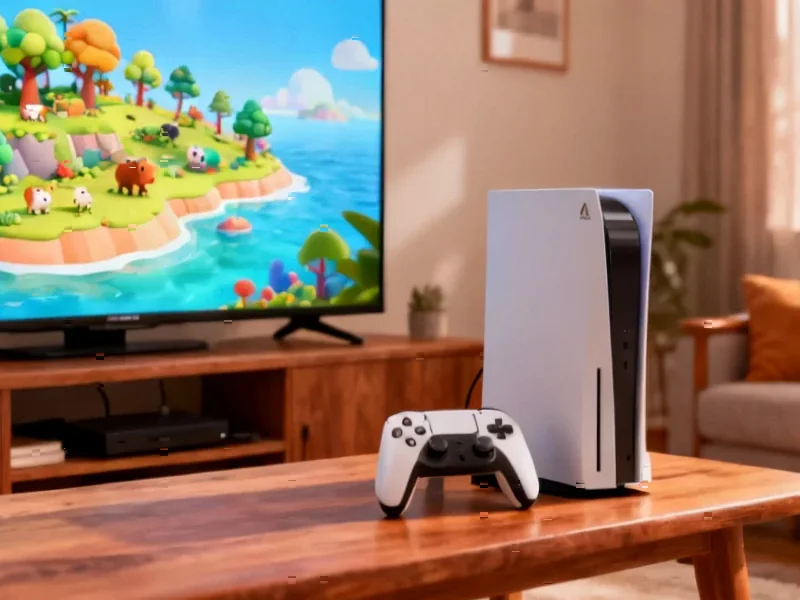
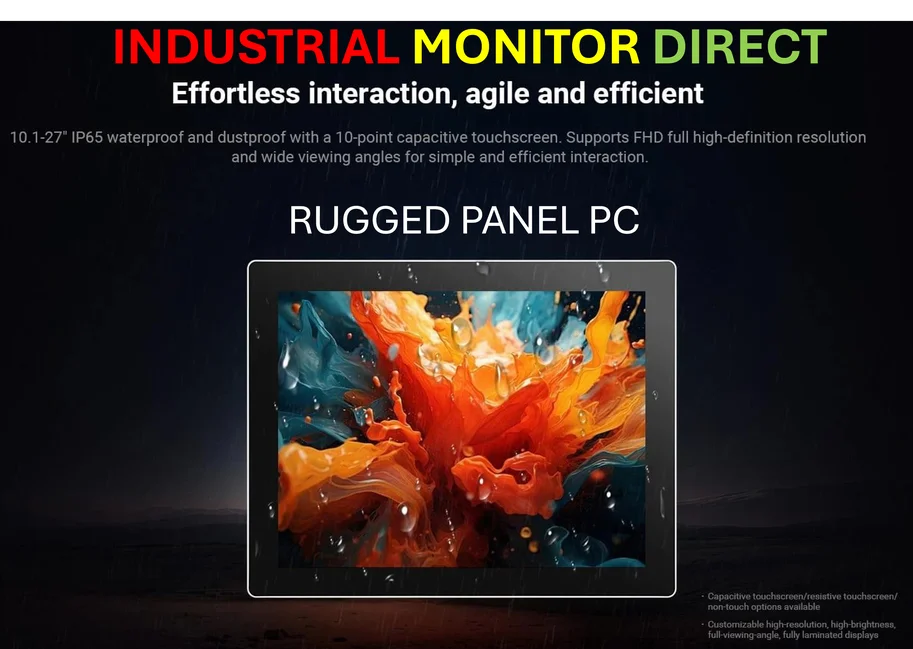
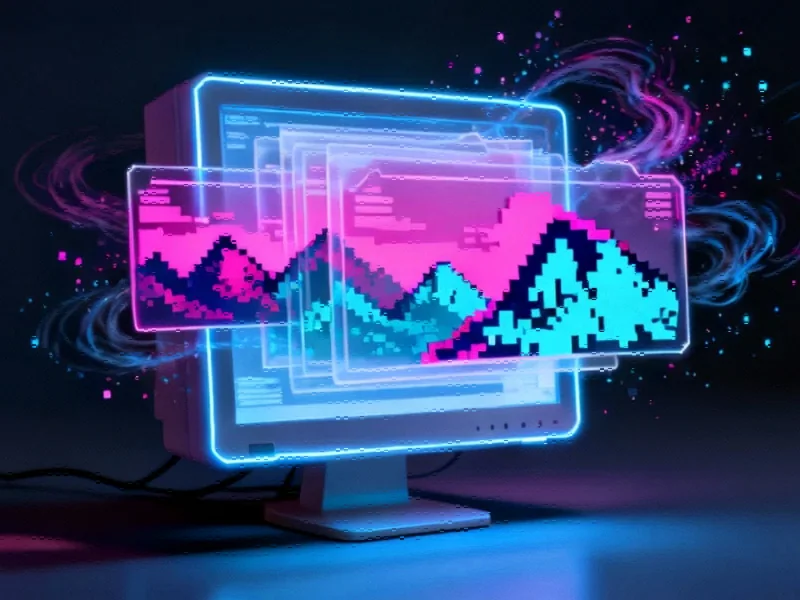
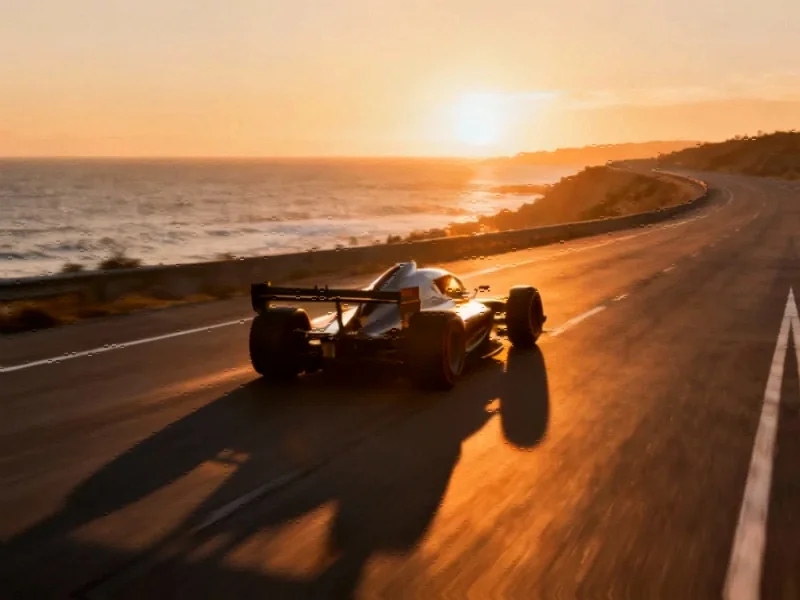
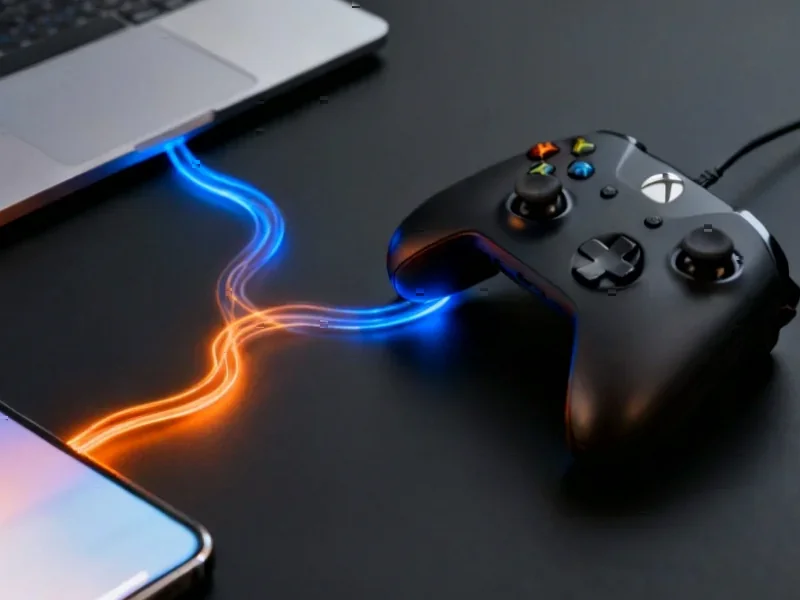
Thank you for your sharing. I am worried that I lack creative ideas. It is your article that makes me full of hope. Thank you. But, I have a question, can you help me?